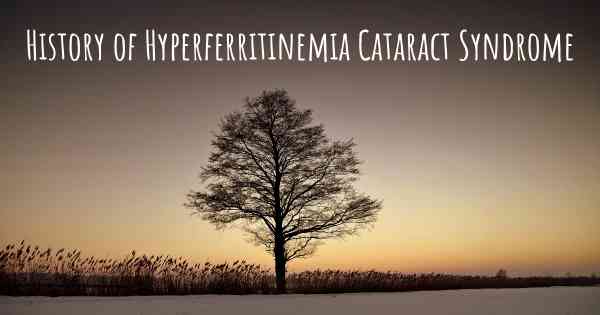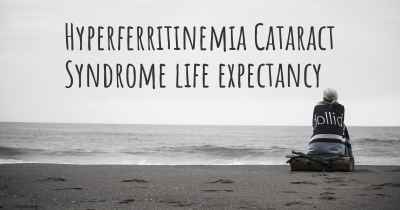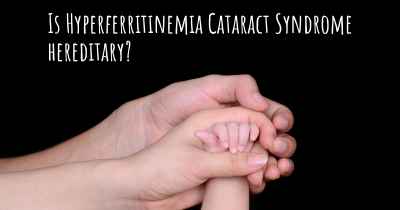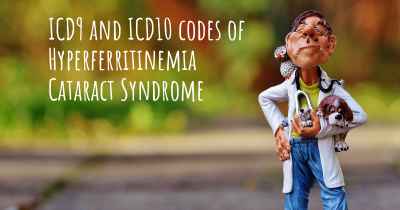What is the history of Hyperferritinemia Cataract Syndrome?
When was Hyperferritinemia Cataract Syndrome discovered? What is the story of this discovery? Was it coincidence or not?

Hyperferritinemia Cataract Syndrome: A Historical Overview
Hyperferritinemia Cataract Syndrome (HCS) is a rare genetic disorder characterized by elevated levels of ferritin in the blood and the development of early-onset cataracts. This syndrome was first described in the medical literature in the late 1990s, and since then, researchers have made significant progress in understanding its underlying causes and clinical manifestations.
Discovery and Early Research
The initial recognition of HCS as a distinct clinical entity can be attributed to a group of researchers led by Dr. Paul A. Crockford. In 1997, they published a seminal paper in the journal The Lancet, reporting on a family with a hereditary form of cataracts associated with high serum ferritin levels. This groundbreaking study shed light on the unique combination of symptoms and led to further investigations into the syndrome.
Genetic Basis
Subsequent studies revealed that HCS is primarily caused by mutations in the ferritin light chain (FTL) gene, which is responsible for encoding a protein involved in iron storage. These mutations disrupt the normal function of ferritin, leading to the accumulation of excess iron in various tissues, including the lens of the eye.
Clinical Presentation
HCS typically manifests in early childhood or adolescence, with the development of bilateral cataracts being the hallmark feature. These cataracts often progress rapidly, leading to significant visual impairment if left untreated. Additionally, affected individuals may exhibit elevated serum ferritin levels, although this is not always the case. Other ocular abnormalities, such as retinal degeneration and optic nerve atrophy, have also been reported in some cases.
Diagnostic Challenges
Diagnosing HCS can be challenging due to its rarity and the variability of clinical presentations. The syndrome may be misdiagnosed as other forms of hereditary cataracts or conditions associated with elevated ferritin levels, such as hemochromatosis. Genetic testing is crucial for confirming the diagnosis and identifying specific FTL gene mutations.
Management and Treatment
Currently, there is no cure for HCS, and treatment primarily focuses on managing the symptoms and complications associated with the syndrome. Surgical removal of cataracts and implantation of intraocular lenses can significantly improve visual function in affected individuals. Regular ophthalmic follow-up is essential to monitor disease progression and address any additional ocular abnormalities that may arise.
Advances in Research
Over the past two decades, researchers have made significant strides in understanding the molecular mechanisms underlying HCS. They have identified various FTL gene mutations associated with the syndrome and elucidated their effects on ferritin function. Additionally, studies have explored the role of iron metabolism and oxidative stress in the pathogenesis of cataracts, providing valuable insights into potential therapeutic targets.
Future Directions
As our understanding of HCS continues to evolve, future research efforts will likely focus on developing targeted therapies to address the underlying genetic abnormalities and prevent or delay the onset of cataracts. Gene therapy approaches, aimed at correcting the FTL gene mutations, hold promise for the treatment of this rare disorder. Furthermore, ongoing studies investigating the role of iron metabolism in cataract formation may pave the way for novel therapeutic interventions.
Conclusion
Hyperferritinemia Cataract Syndrome is a rare genetic disorder characterized by elevated ferritin levels and early-onset cataracts. Since its initial description in the late 1990s, significant progress has been made in understanding its genetic basis, clinical manifestations, and potential treatment options. Ongoing research holds promise for improved diagnostic techniques and targeted therapies, offering hope for individuals affected by this challenging syndrome.








